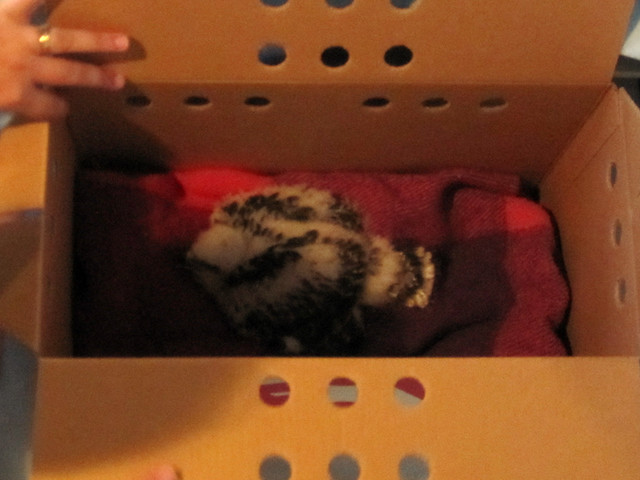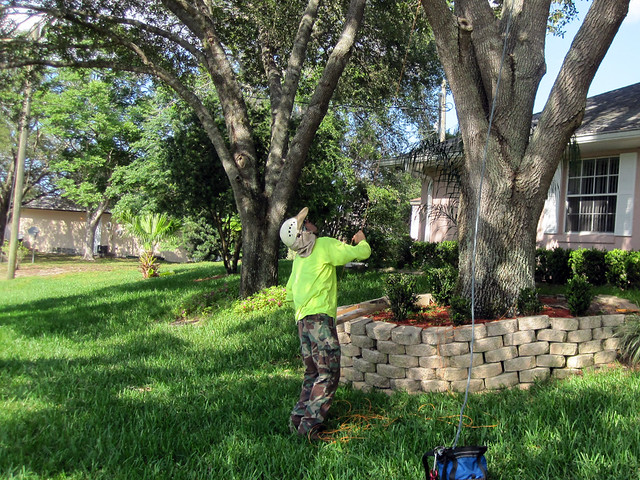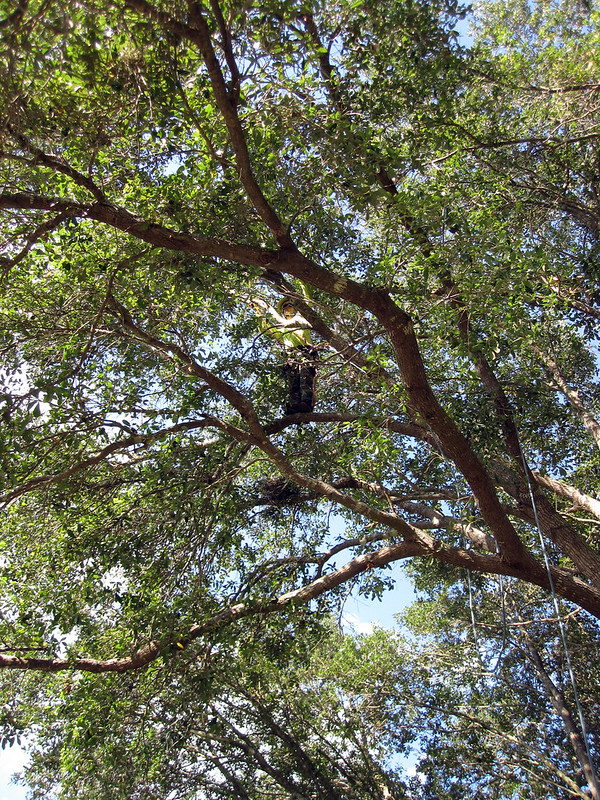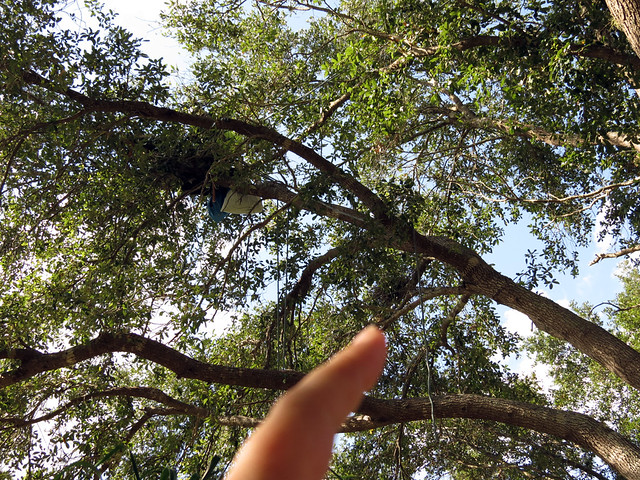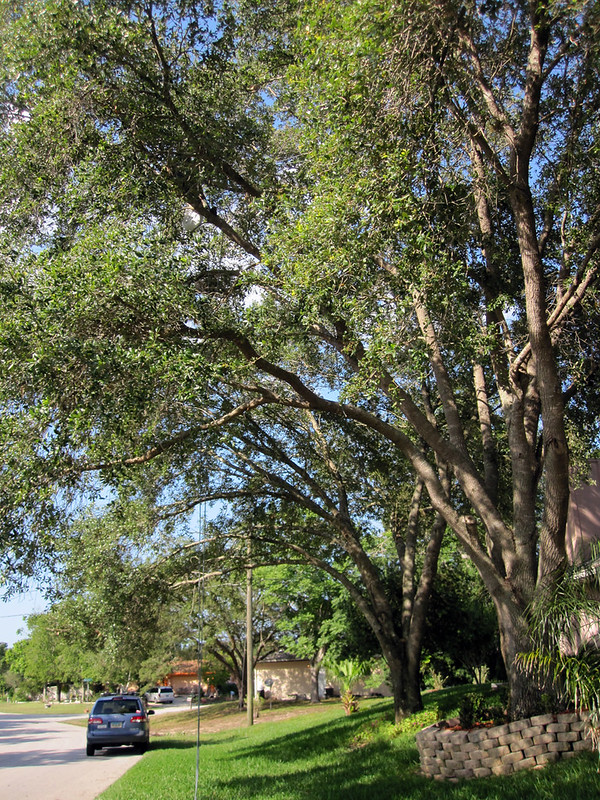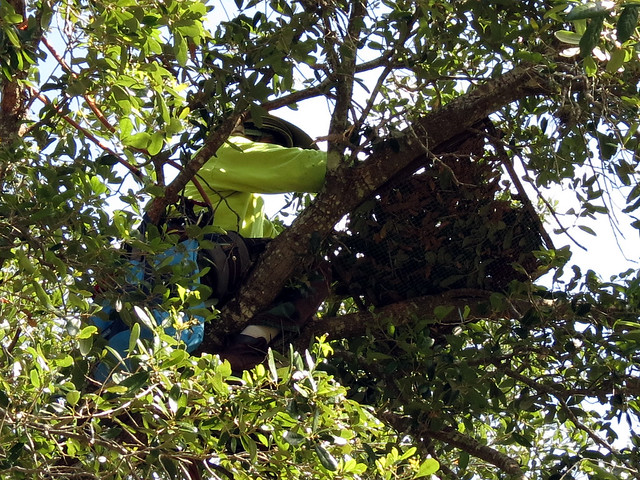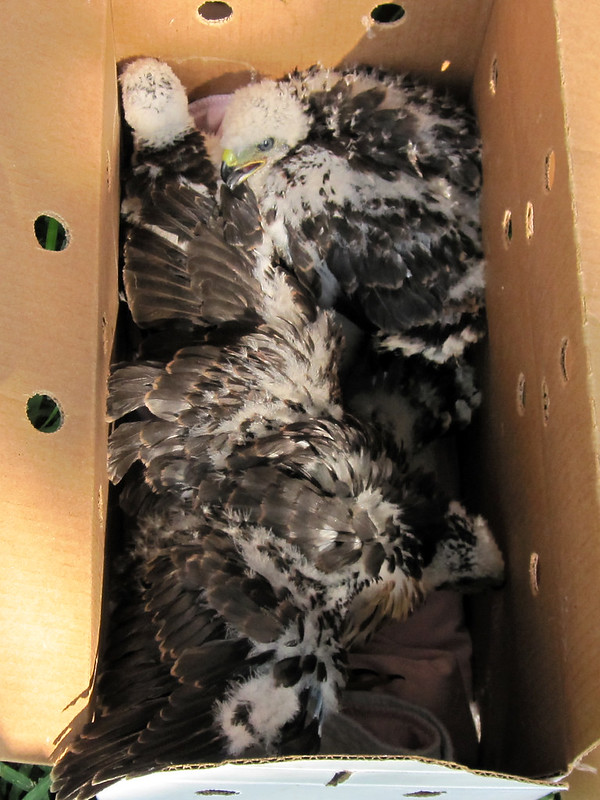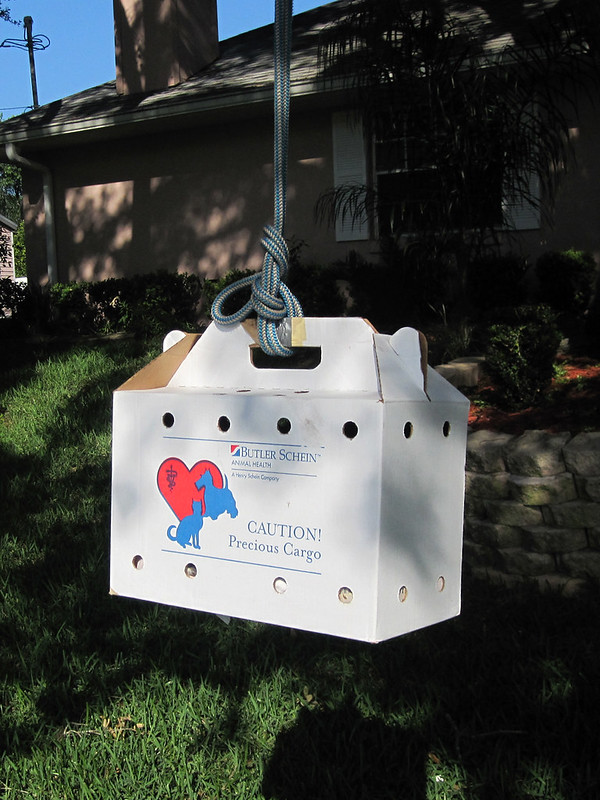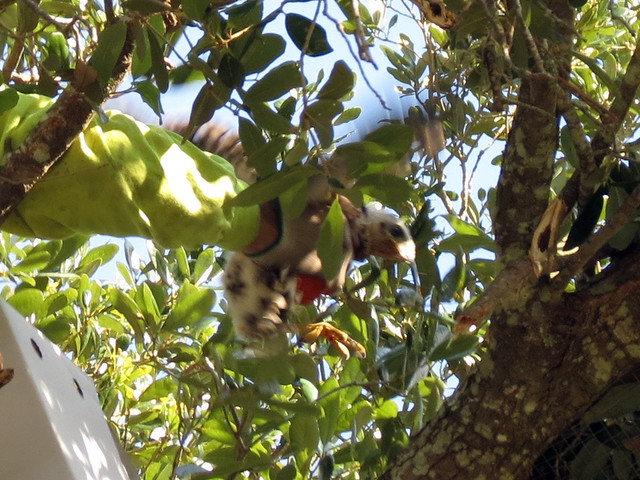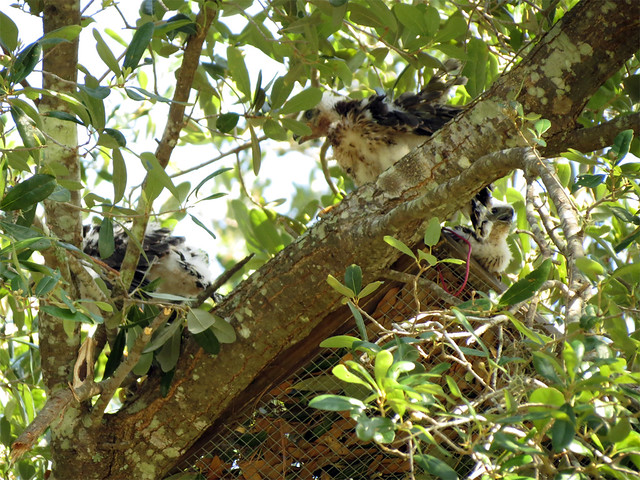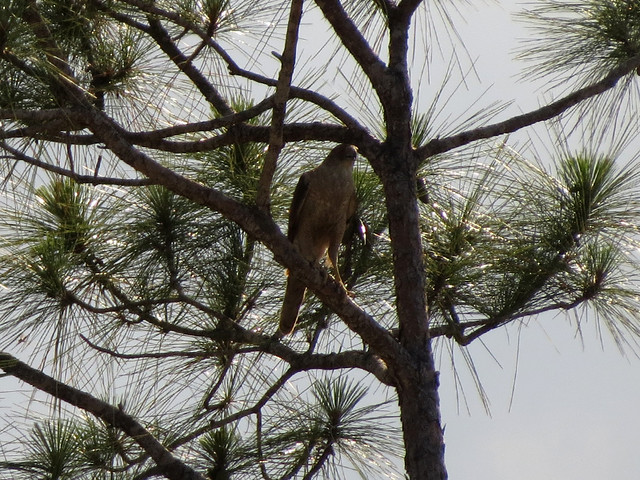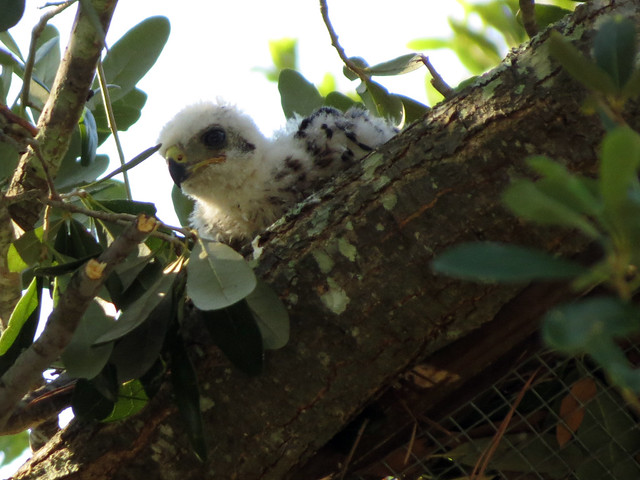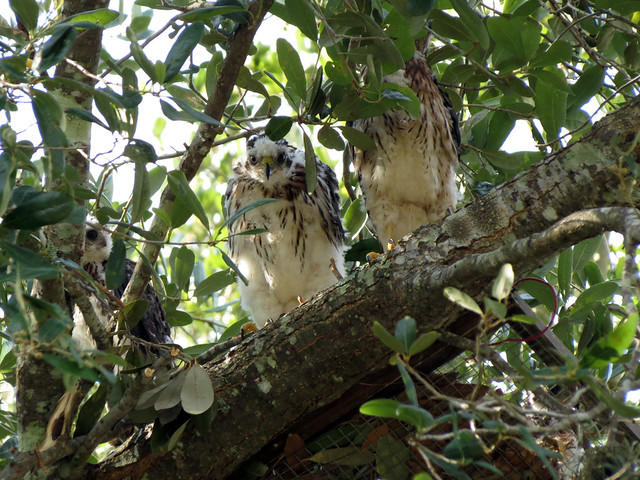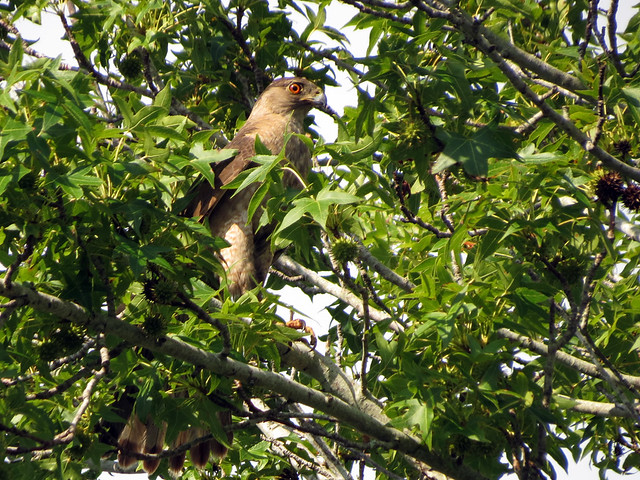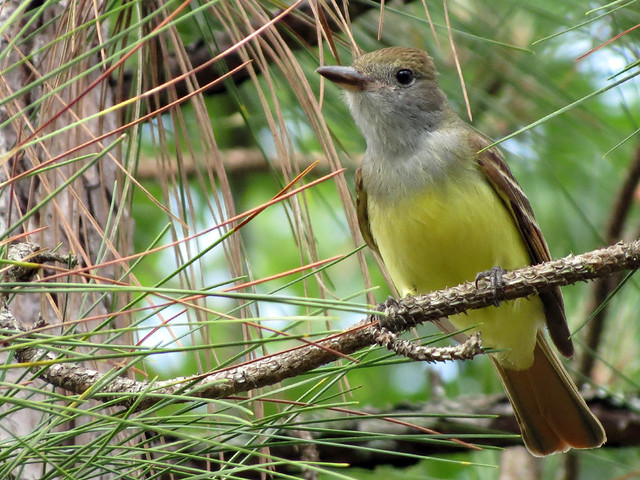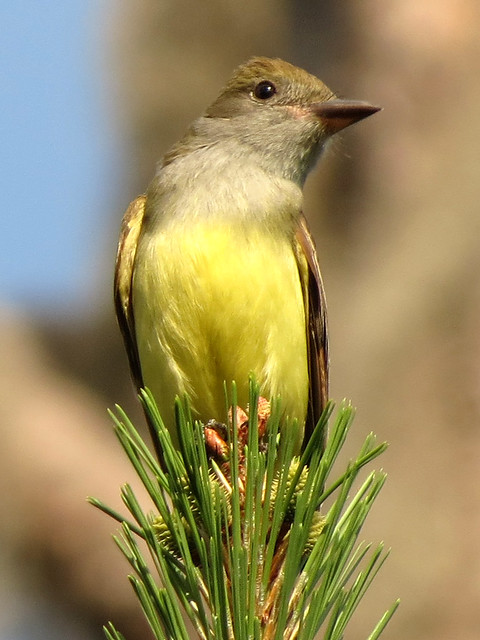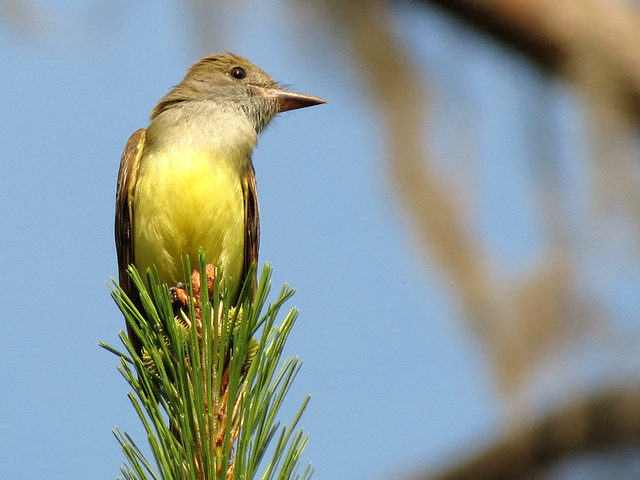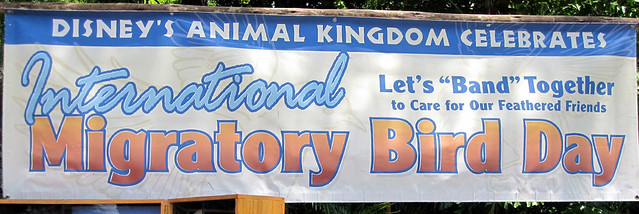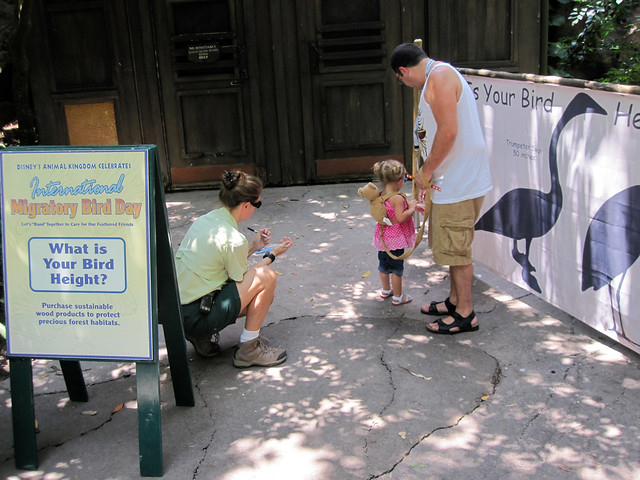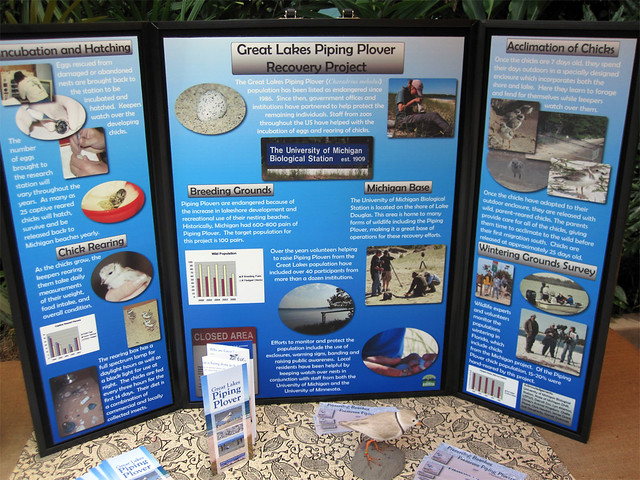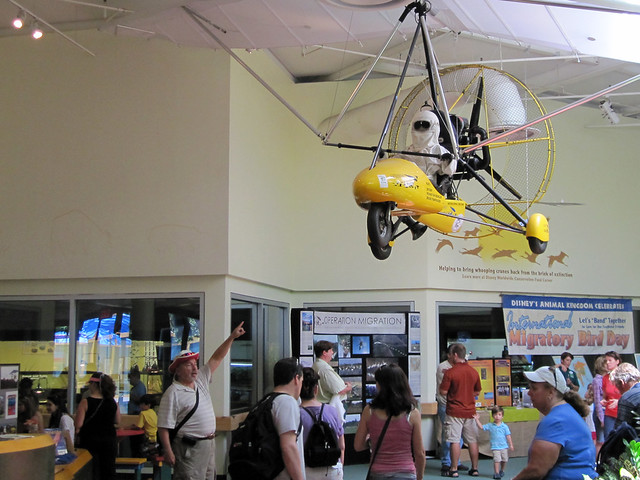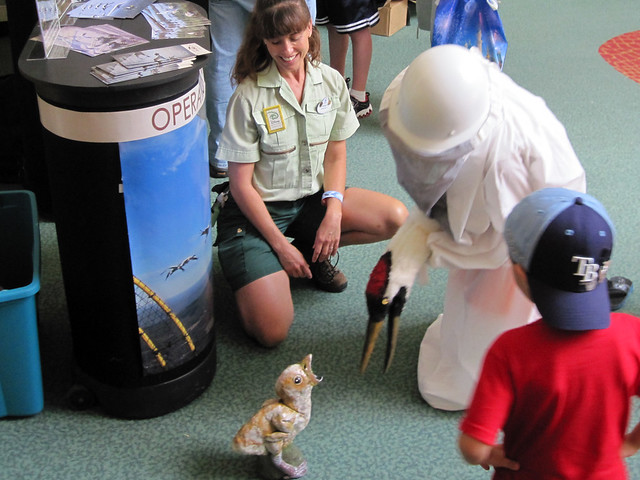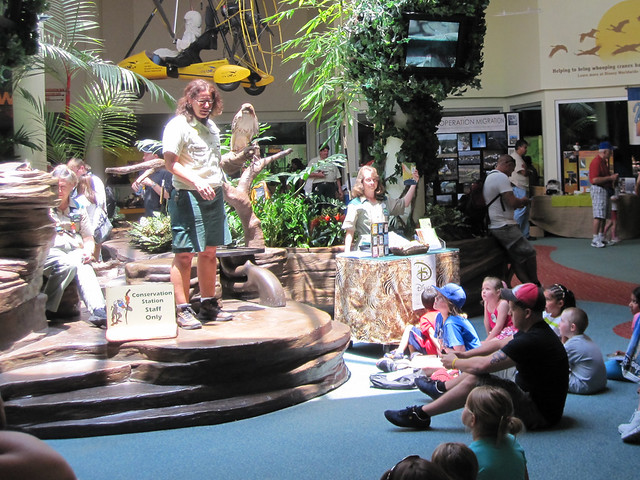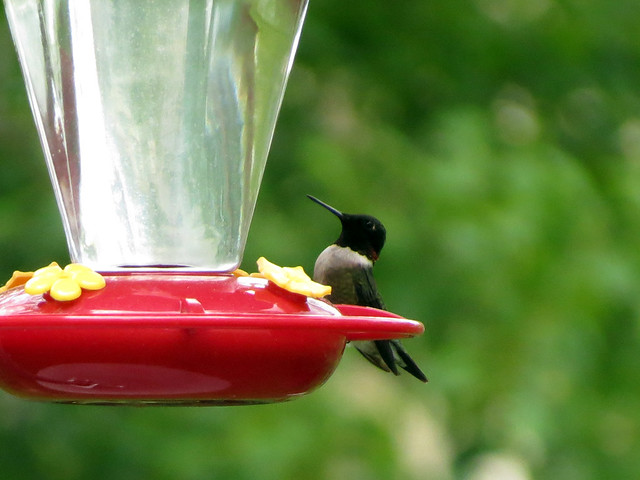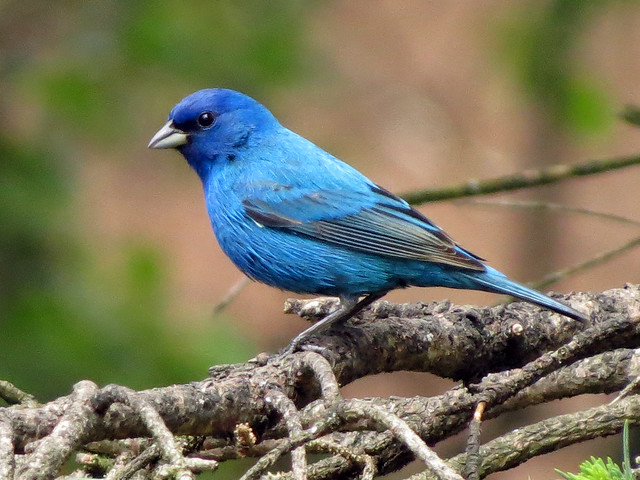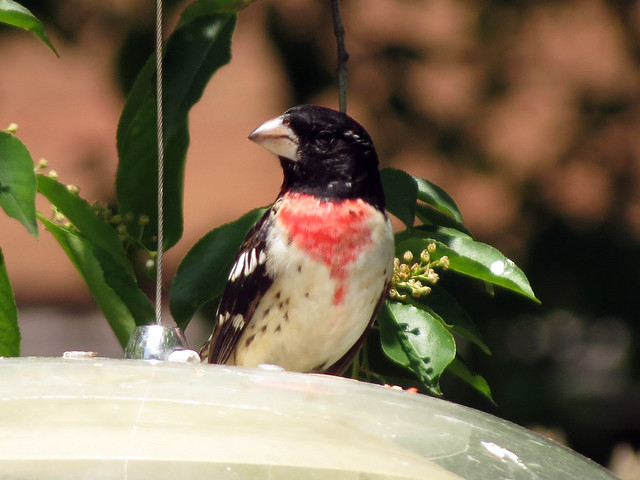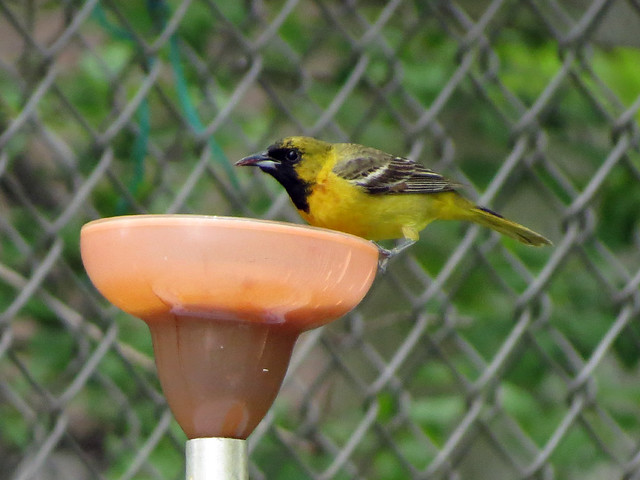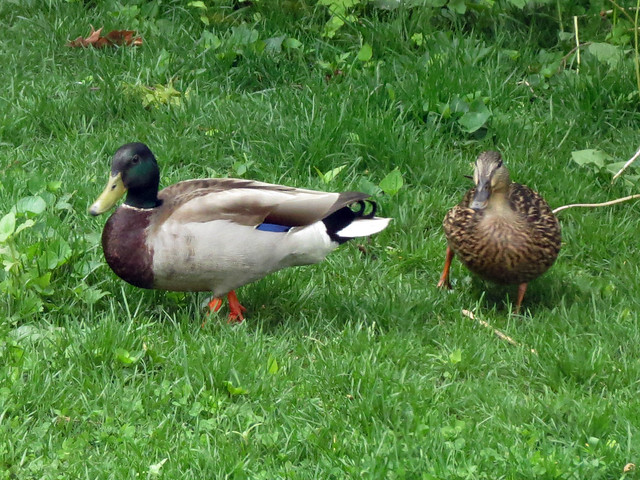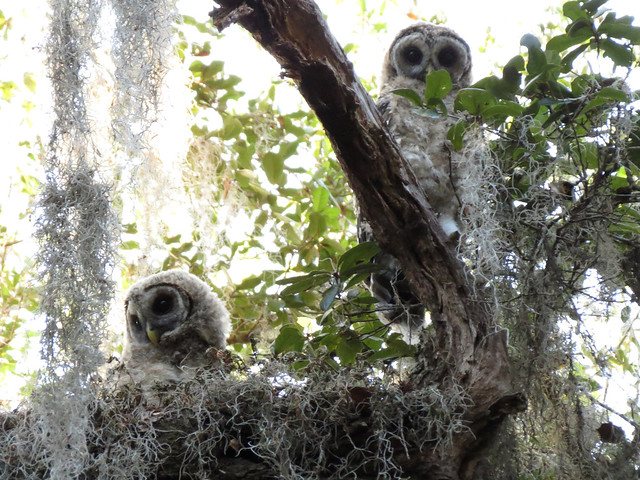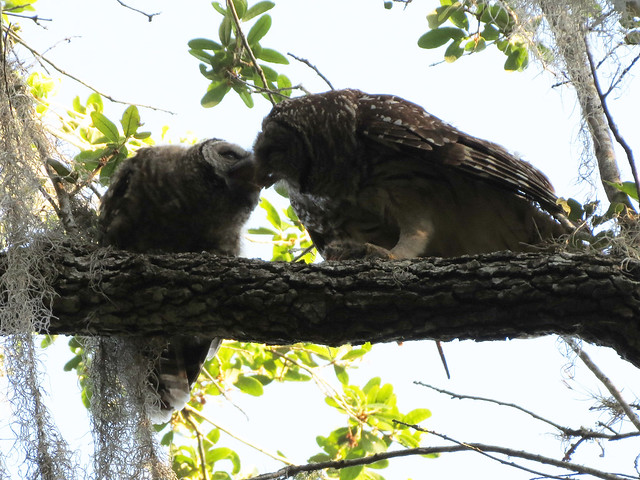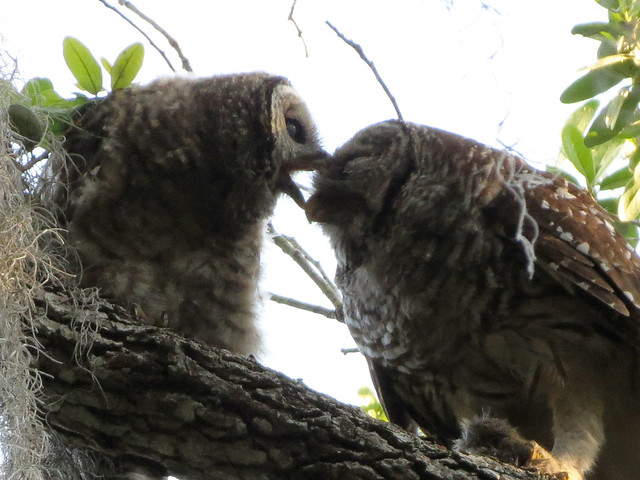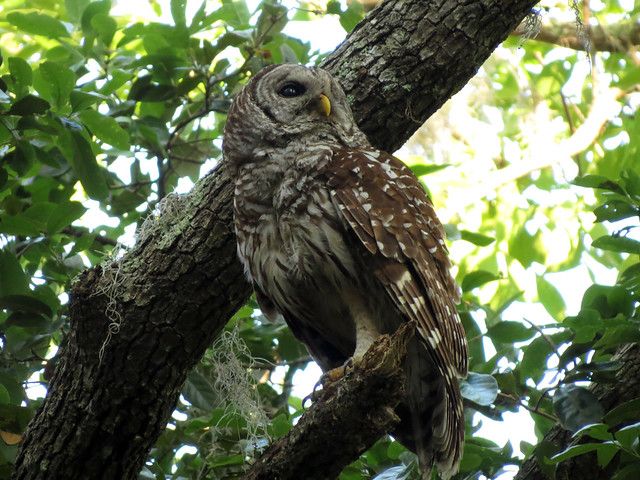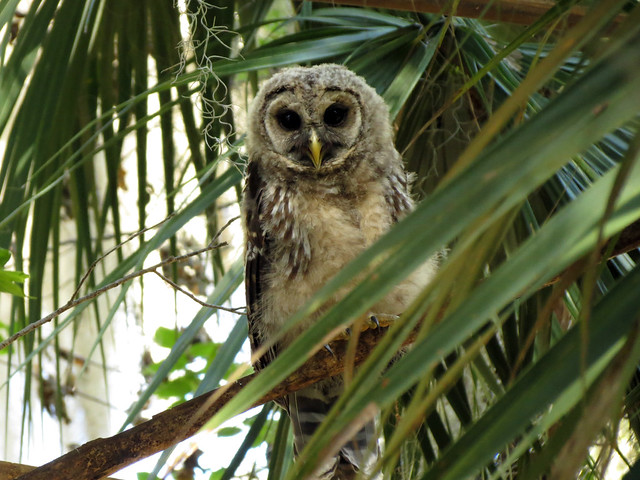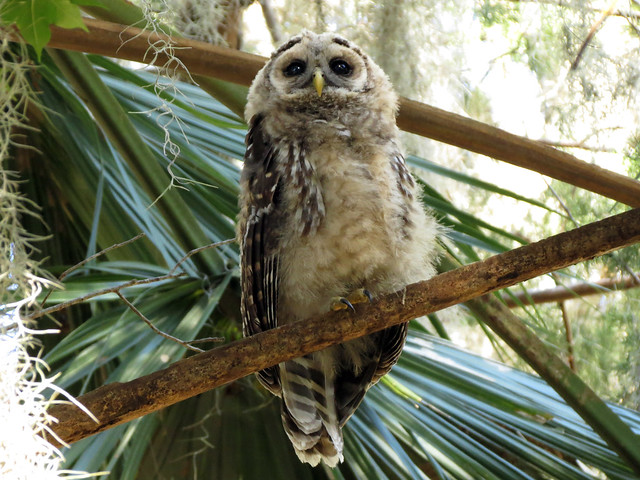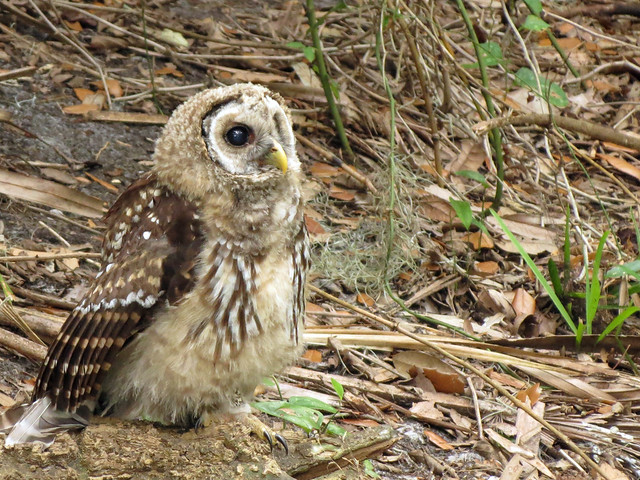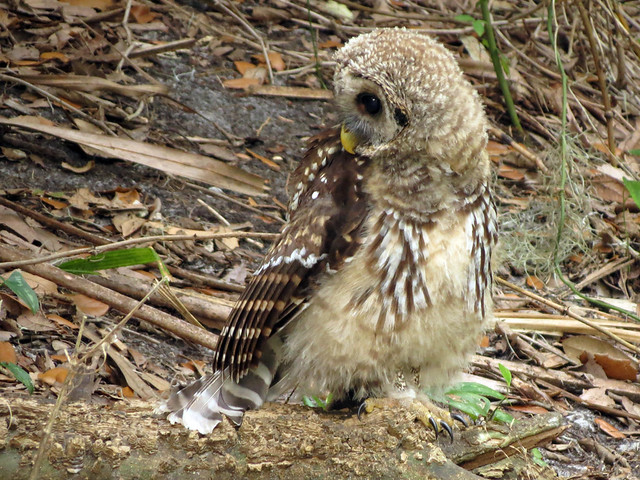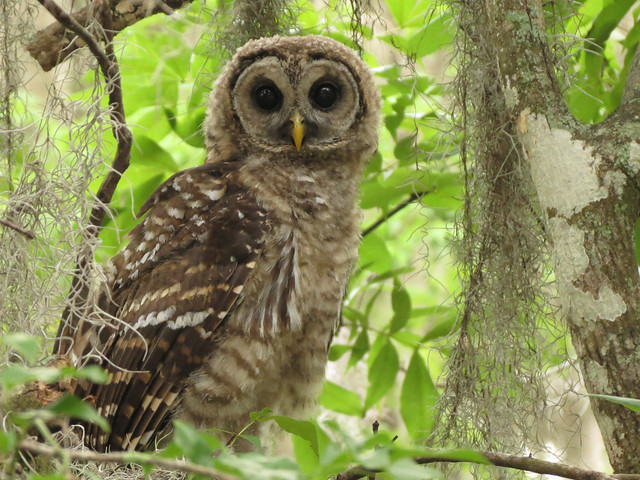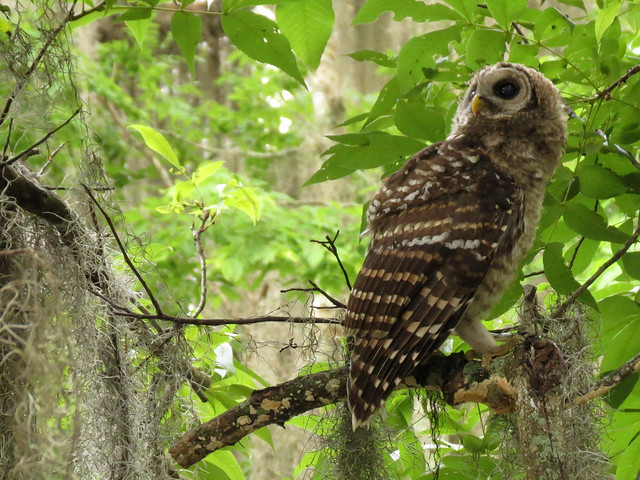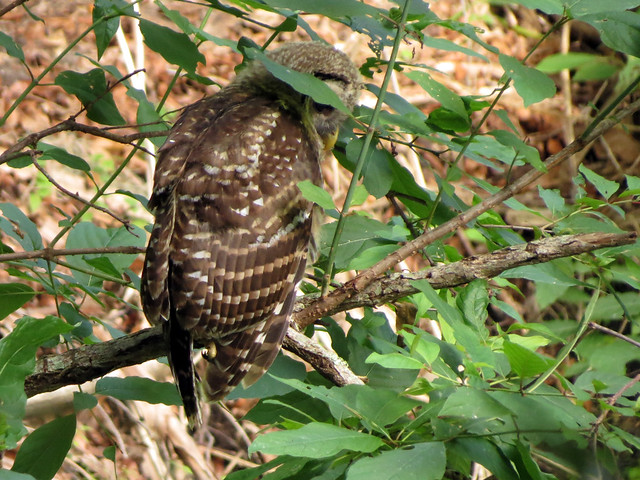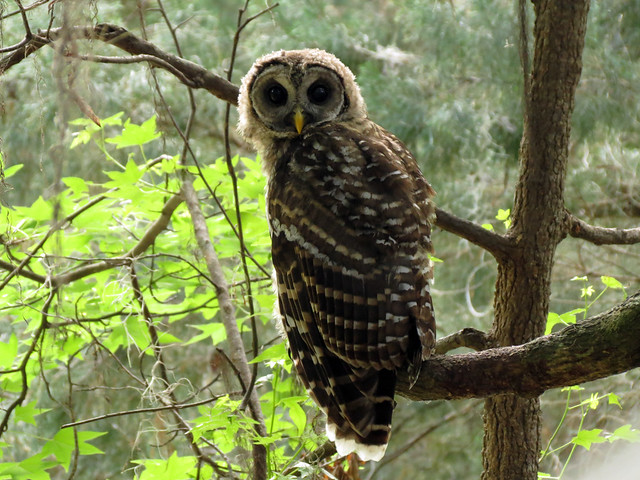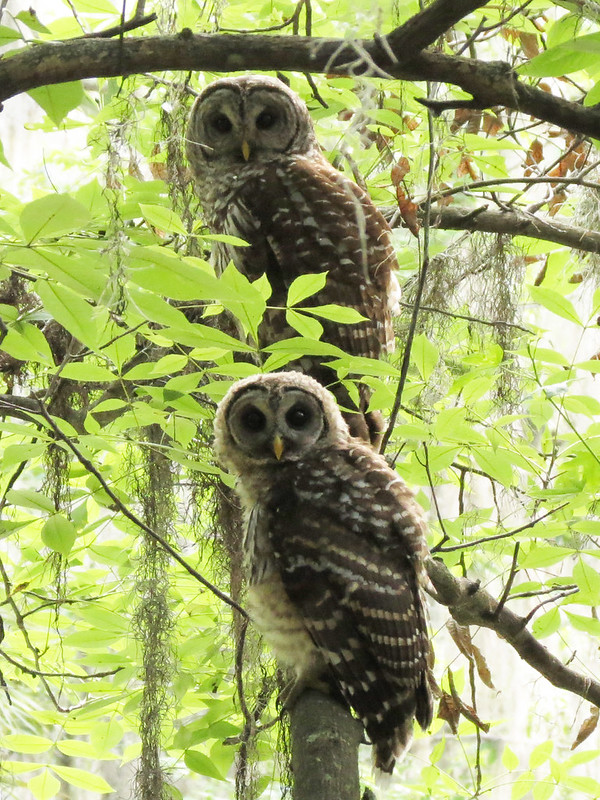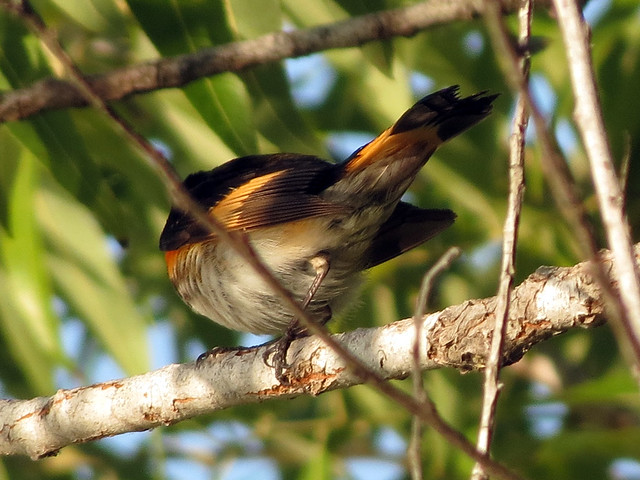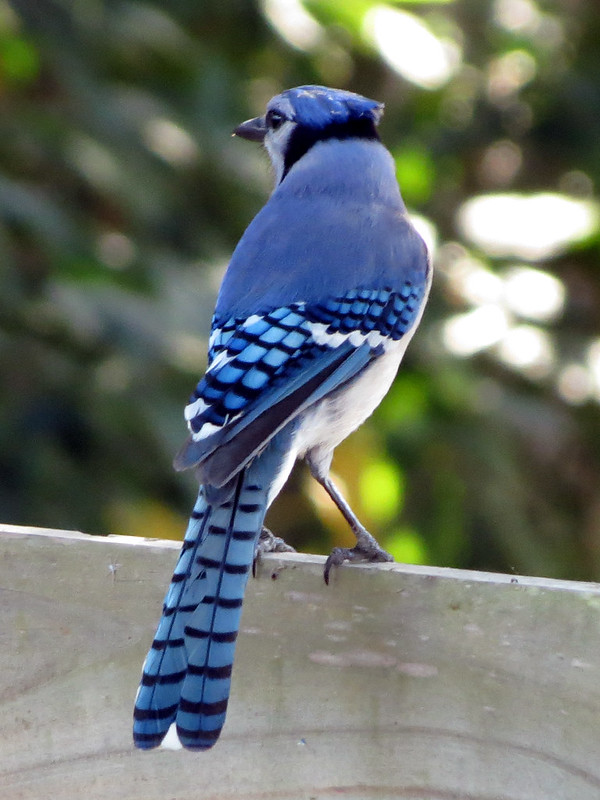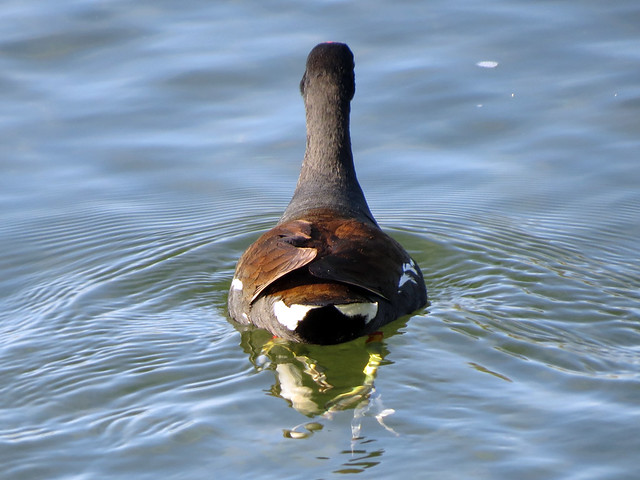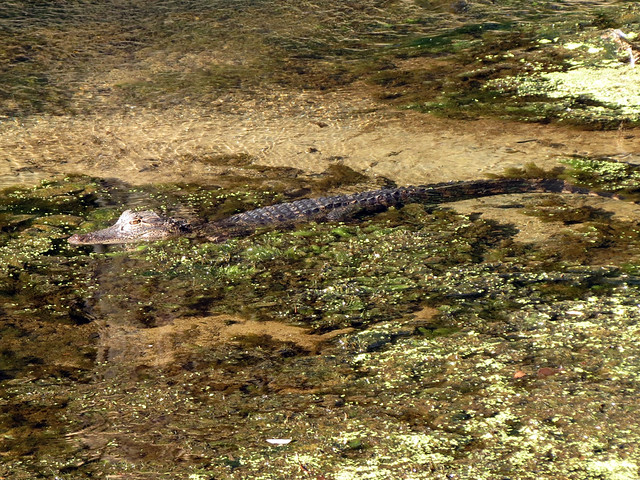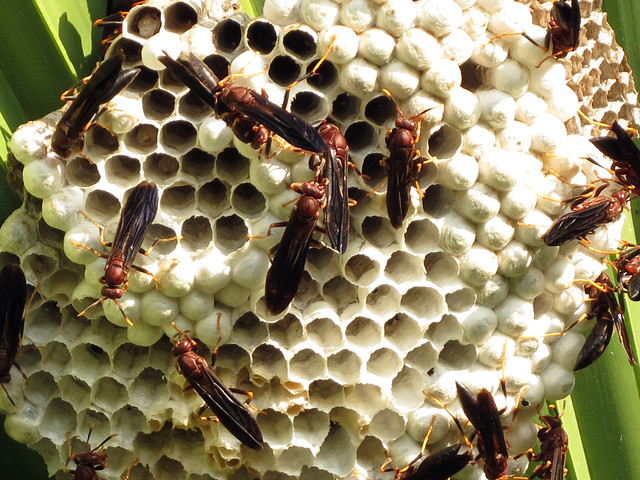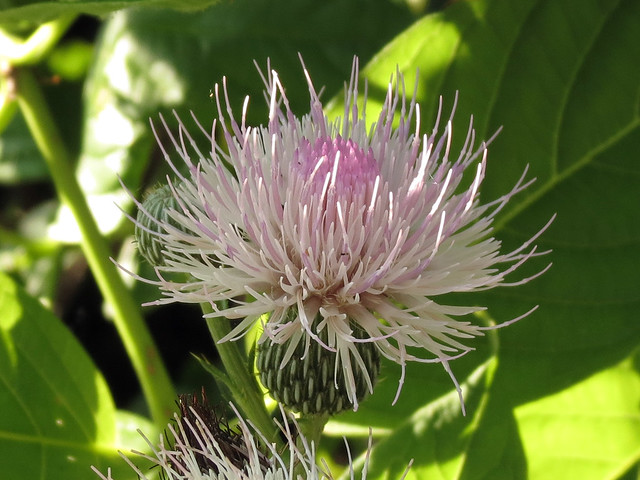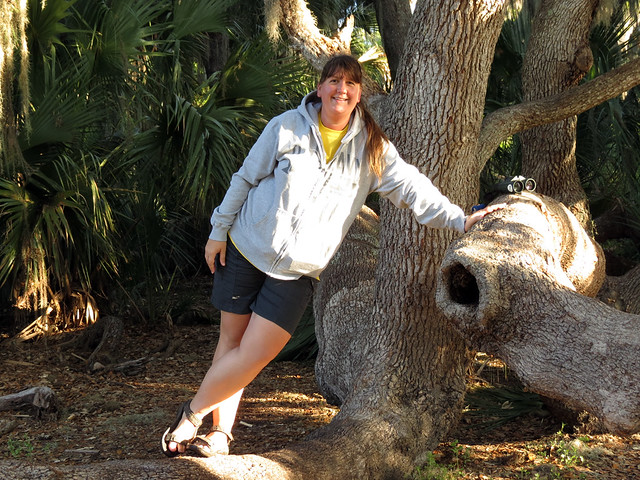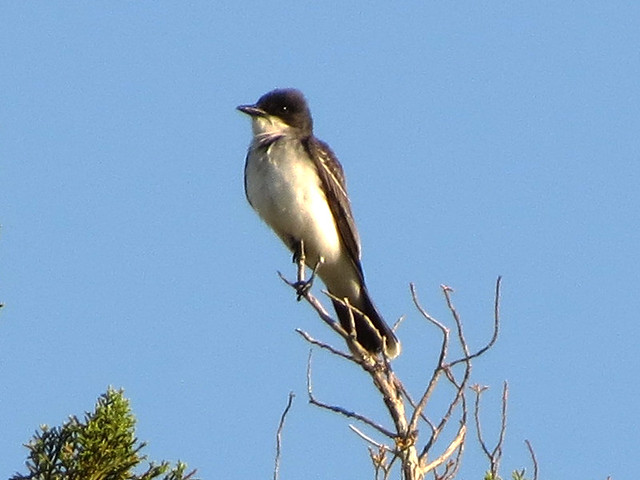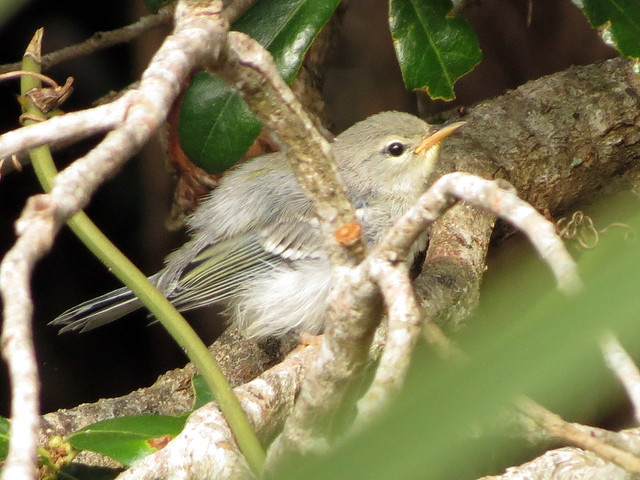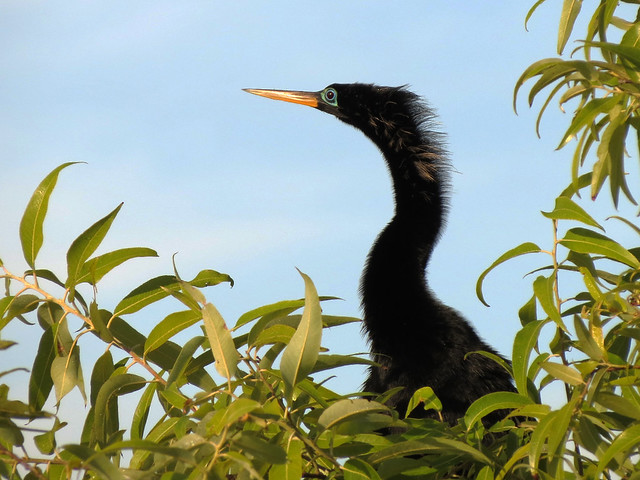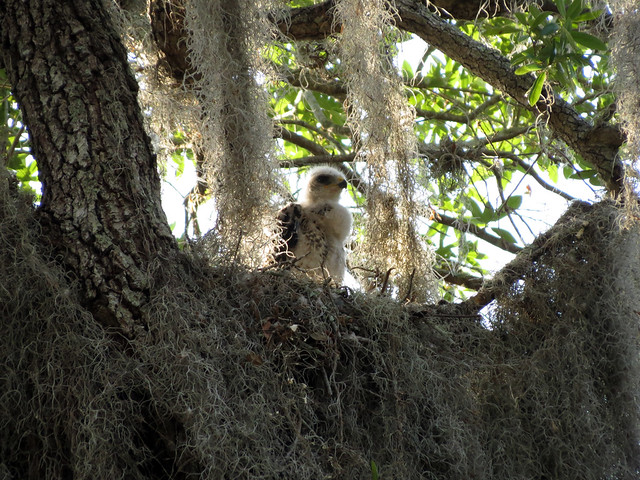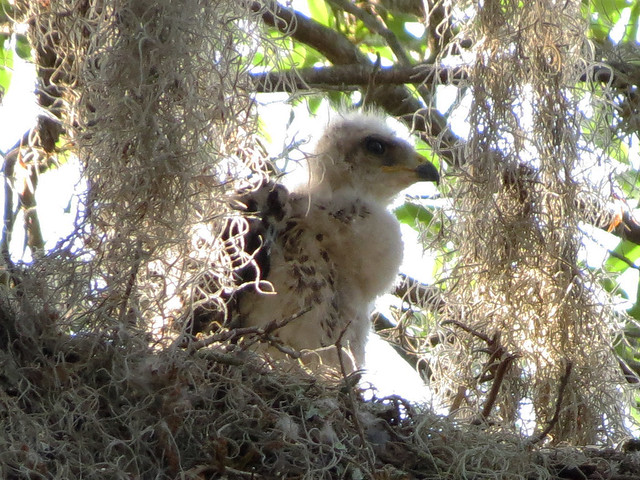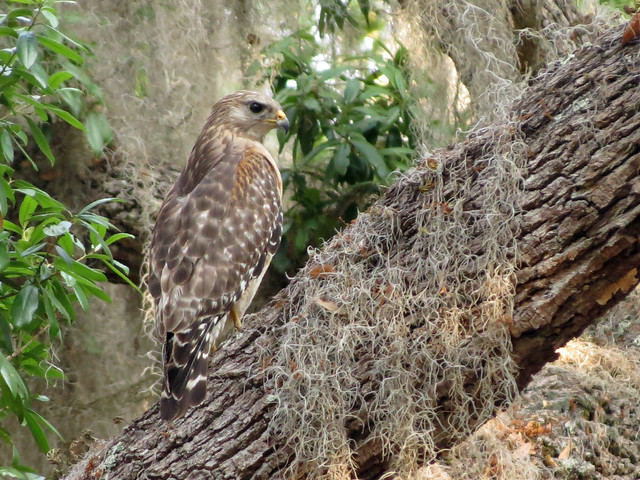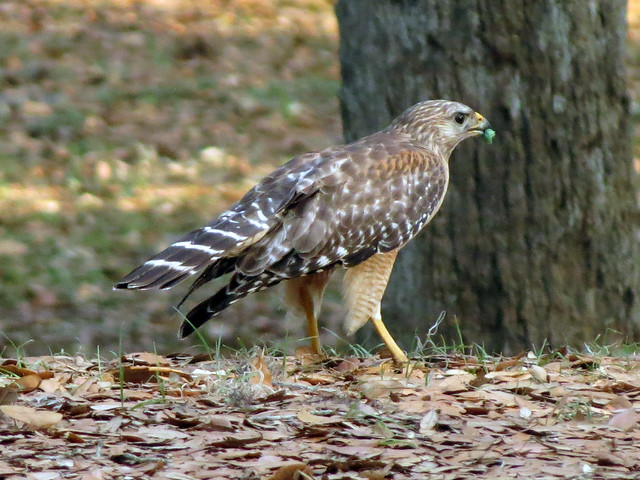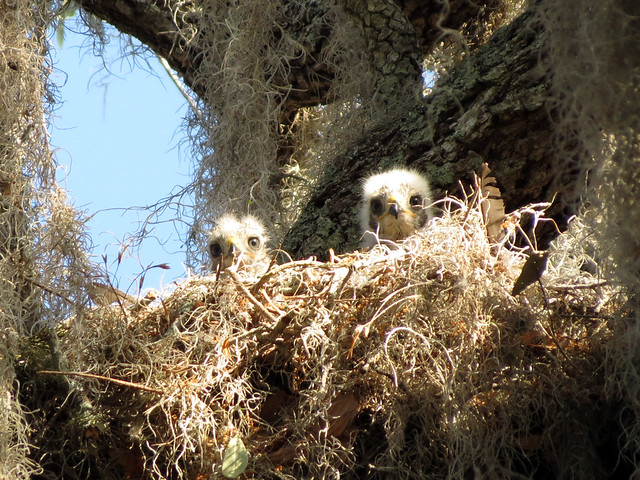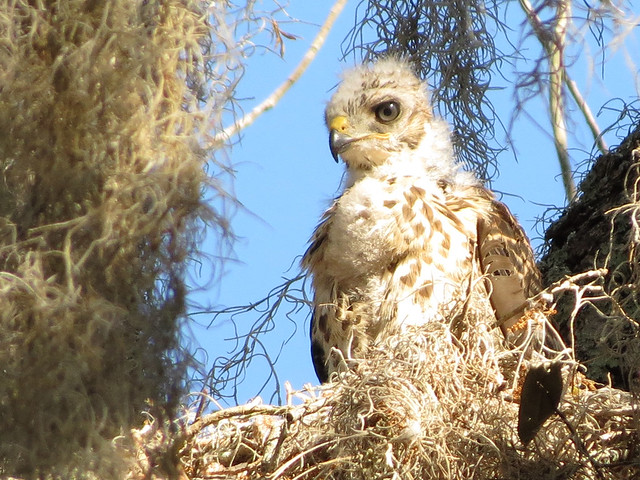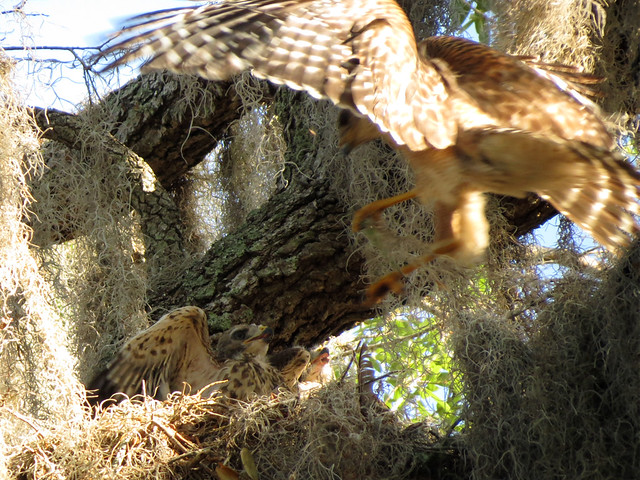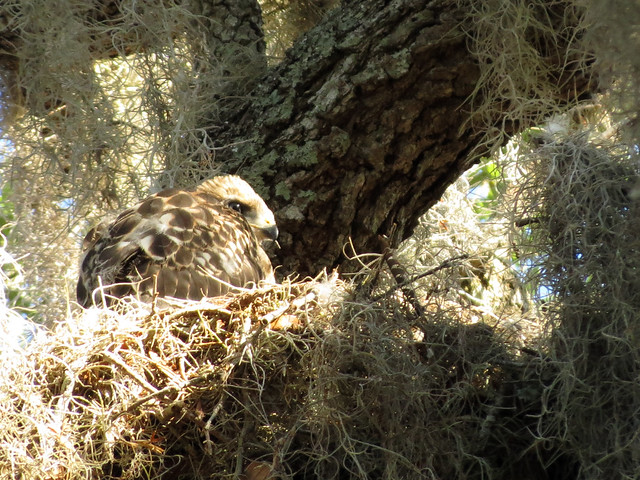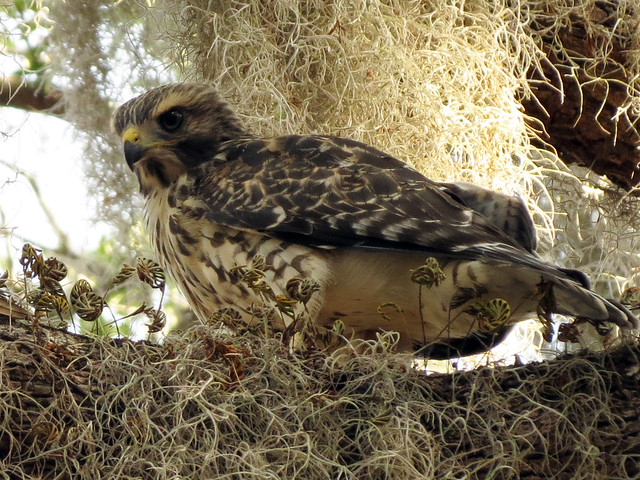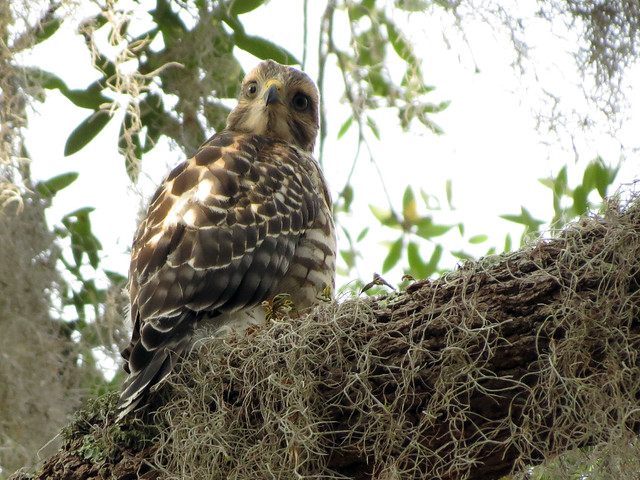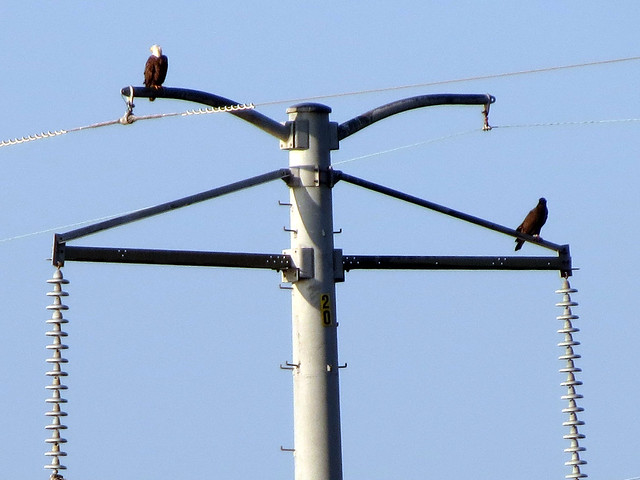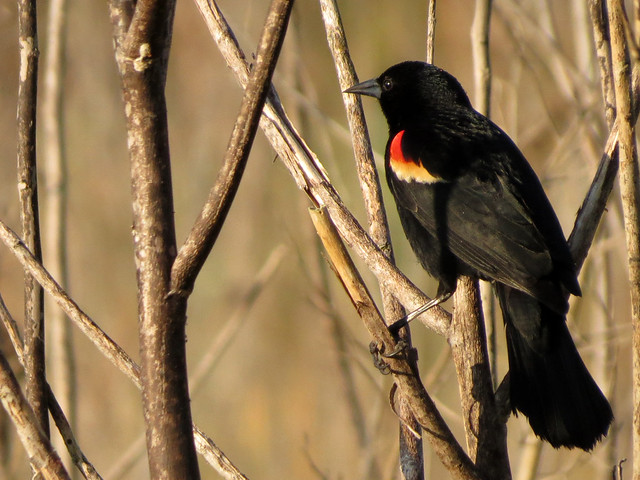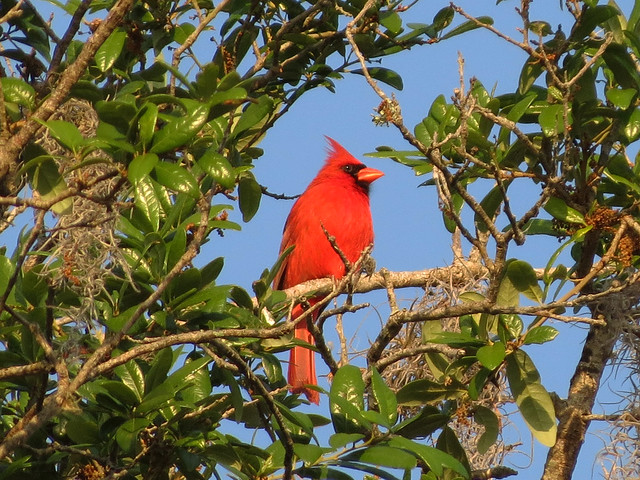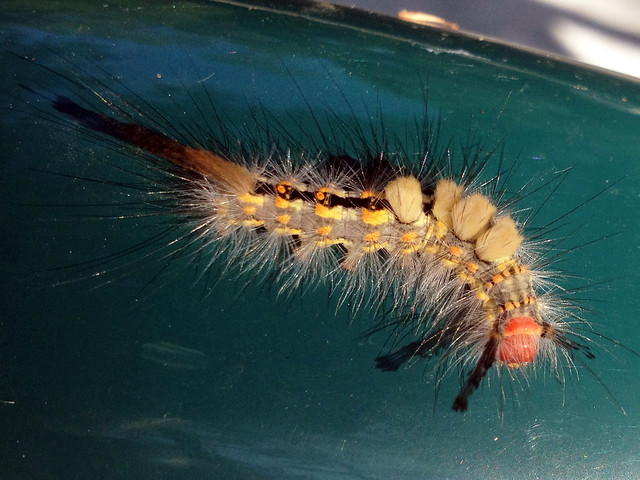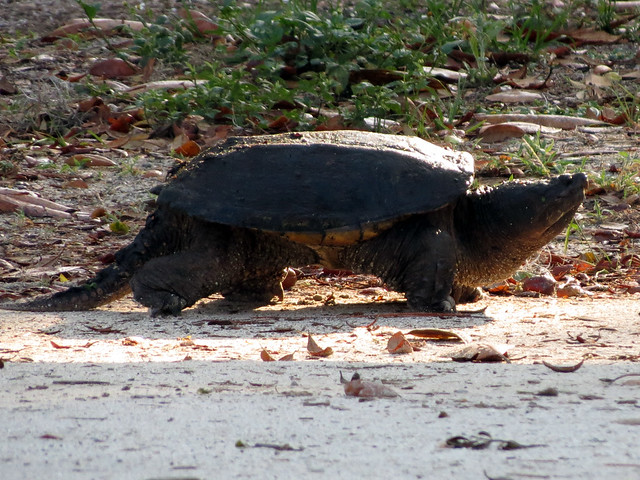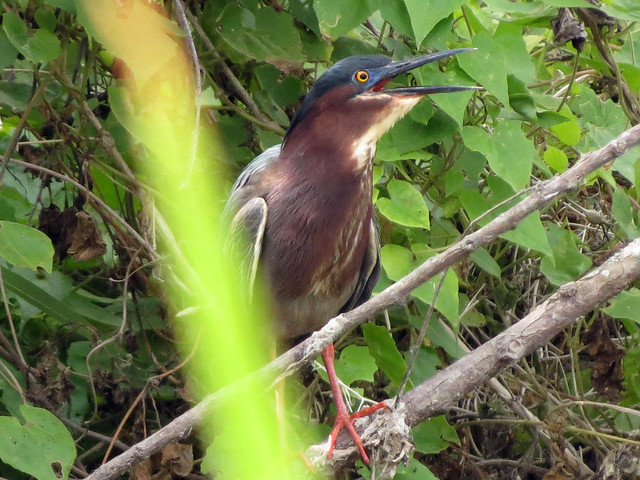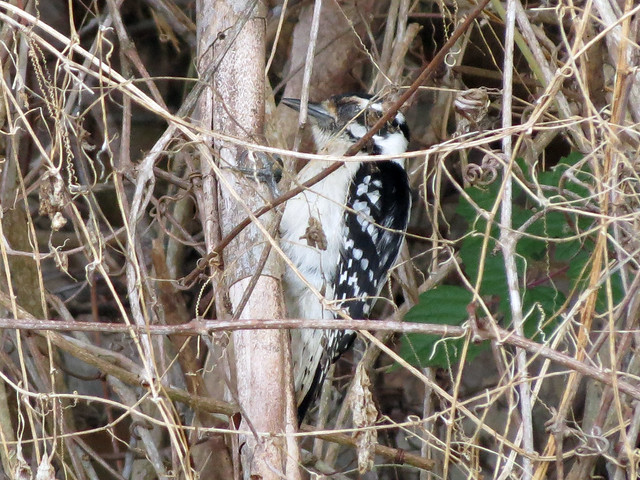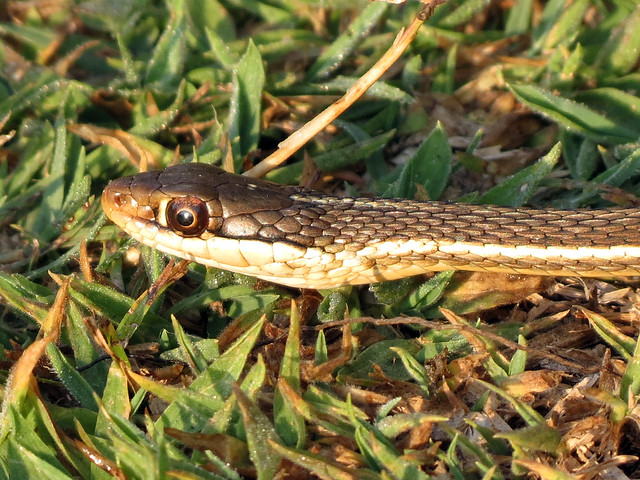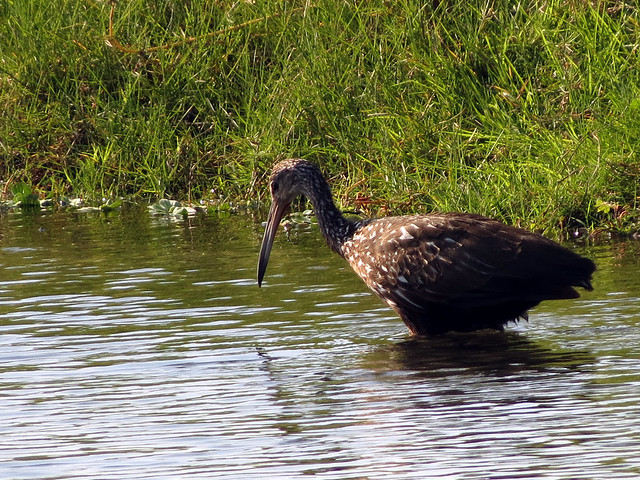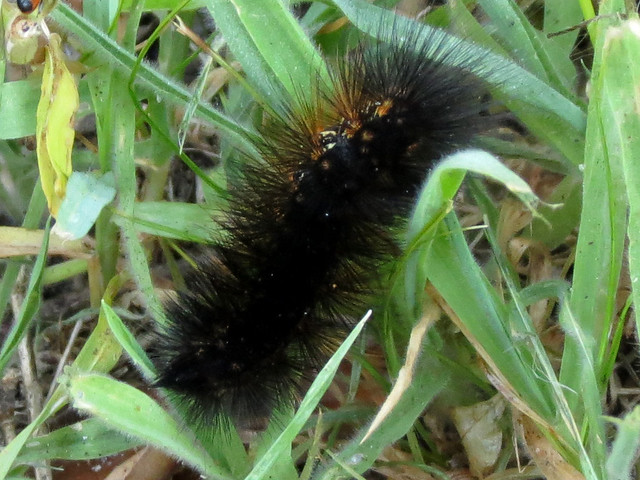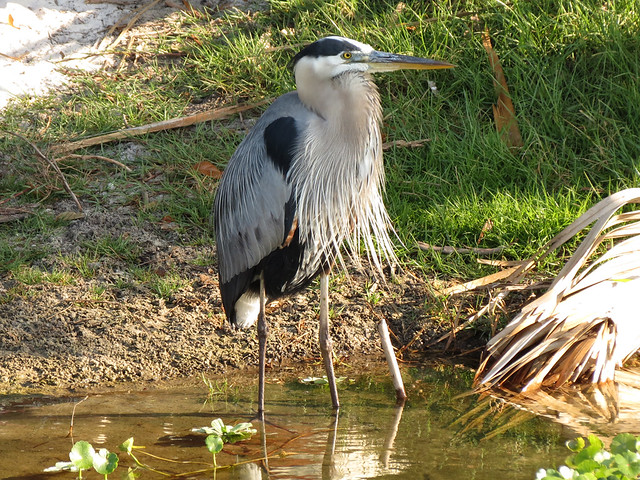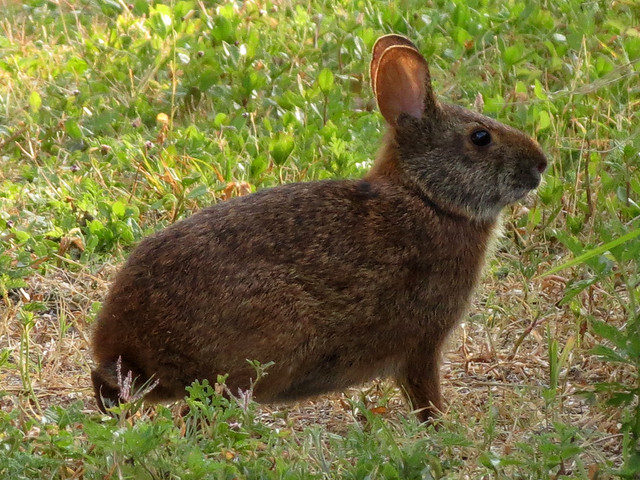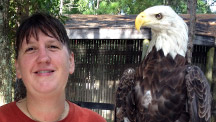Challenge changeover
On May 23rd I counted one of the most abundant birds in my neighborhood for the Bird-a-Day Challenge. With Osprey as my 144th bird, I’m finished in the game for 2012.
It was already getting tough at the beginning of May, but I was relieved to reach May 8th, so I could count some non-Florida birds on my list. Though I did a fair amount of birding, I didn’t manage to take one photo of any of my game birds during my visit to family and friends in Illinois May 8-15. They were all new birds for the year (May 10th’s Black-throated Green Warbler was my 200th bird of 2012).
When I returned home to Florida, I knew my days in the game were seriously numbered. My first day back, I had to use a neighborhood regular, the Northern Mockingbird. A lucky, rare flyover of Roseate Spoonbill at Gemini Springs gave me an extra day, as did the Common Nighthawk Arthur and I spotted at Epcot at the end of our visit on May 18th (I literally jumped up and down for that one – it saved me Rock Pigeon for another day). An eBird alert sent me to a previously-unknown-by-me wetlands in a neighboring town to find Semipalmated Plovers on May 19th. Everything else was entirely expected and a misery to check off each day. Now at least I have a nice goal for 2013.
And I am ready for the next game for this year: the June Challenge! I first learned about this by following the Florida birding listservs last year, and from this great post by favorite Florida blogger Limeybirder: June Challenge. We moved here late in the month so I didn’t participate.
Here is a brief description of the challenge that I swiped / paraphrased from a post on BirdForum:
In 2004 Becky Enneis proposed a contest. She was scandalized that most birders spent the summer indoors, and she thought that competition might motivate some of them to get out in the field during the warm months. And so The June Challenge was born.
There are some rules for this friendly competition:
– Birds must be seen. No heard-only birds.
– Keep county lists.
– Keep track of ABA and non-ABA species are on your list. Report them in this format:
Total (ABA countable / non-countable), e.g., 115 (112 / 3)
Last year, there were two participants for Volusia, coming up with totals of 120 (119 / 1) and 73 (73 / 0). I’m going to try to get at least 75, but that sounds very ambitious for an inland Volusia girl. We’ll see! I’m looking forward to trying out this new challenge. Good luck to all that continue with Bird-a-Day!



